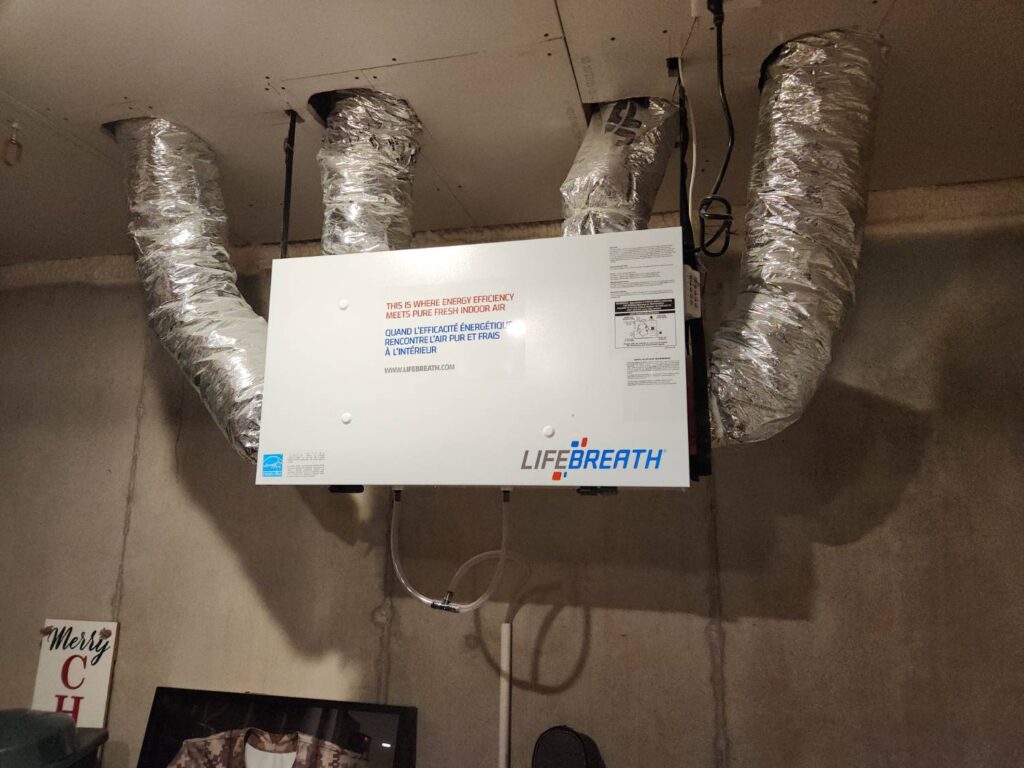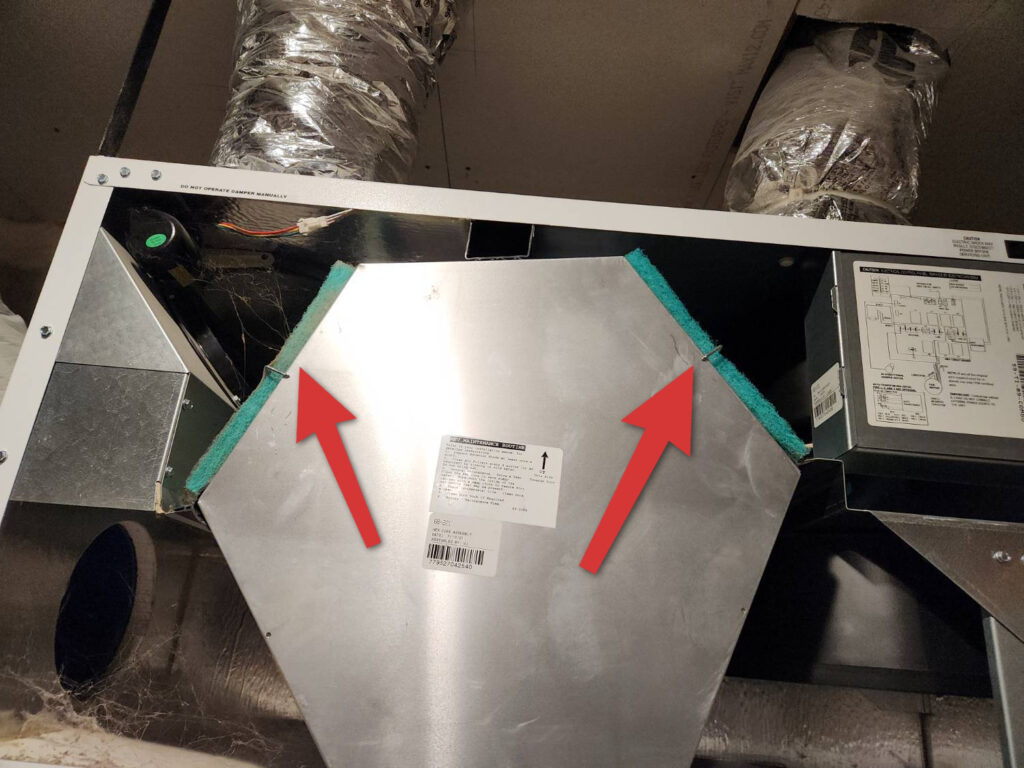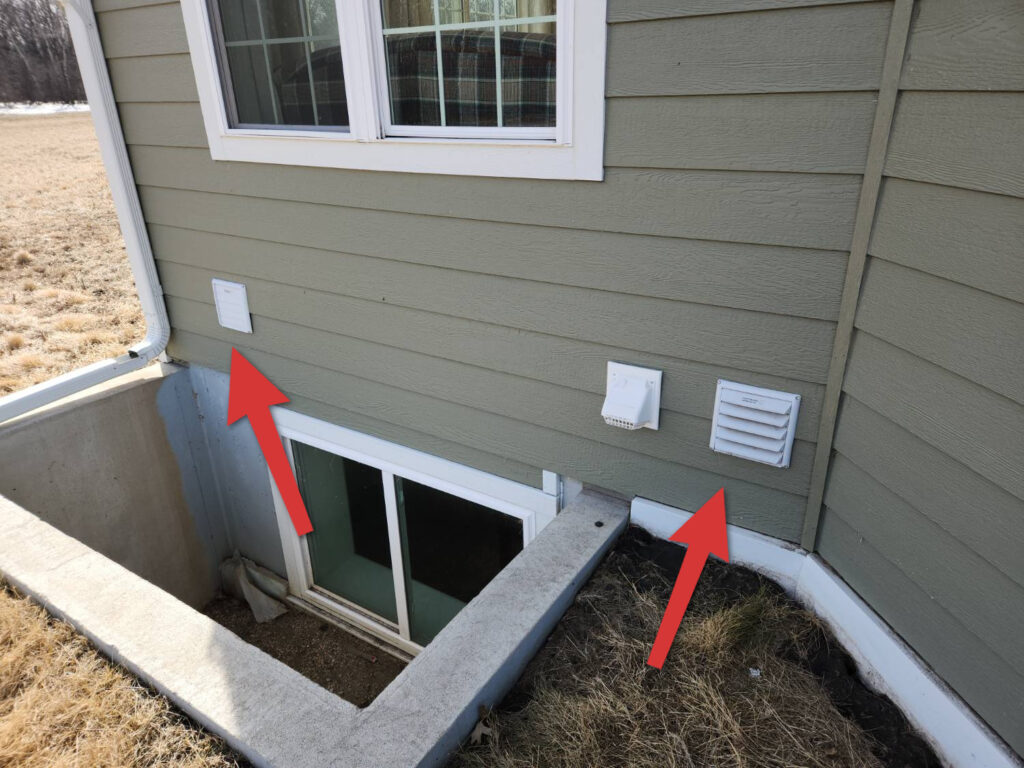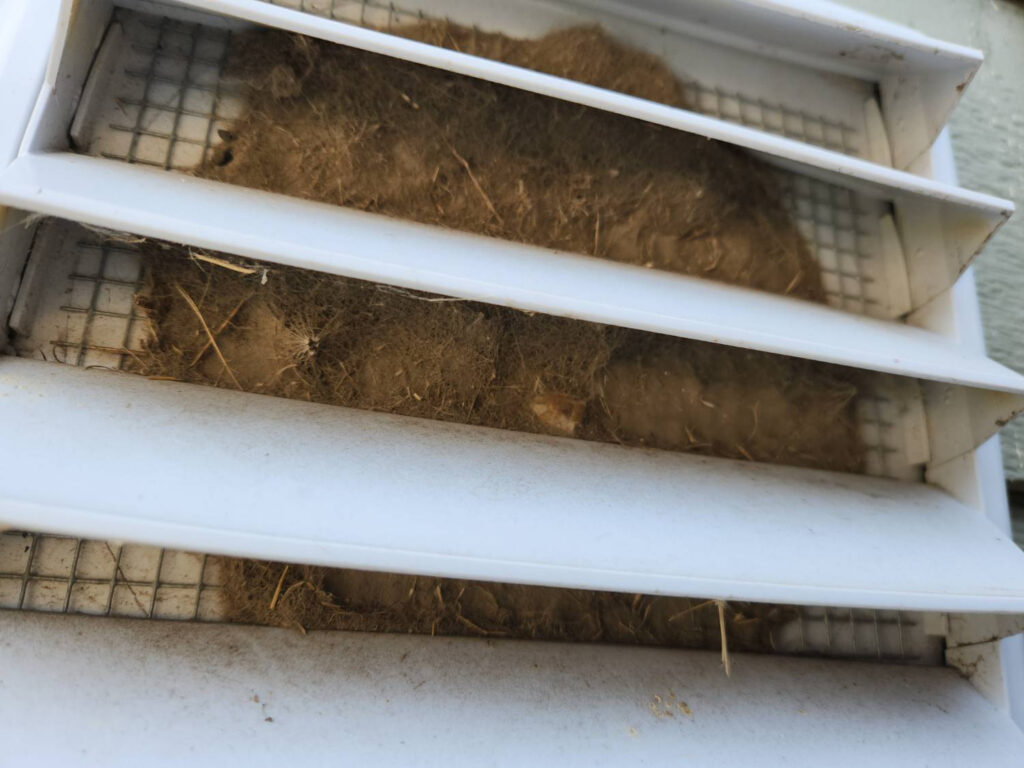
A Heat Recovery Ventilator (HRV) is an essential component of a home’s ventilation system, especially in colder climates like ND and MN. It helps improve indoor air quality by exchanging stale indoor air with fresh outdoor air while recovering heat to maintain energy efficiency. However, to ensure it operates efficiently and effectively, regular maintenance is necessary.
Why HRV Maintenance is Important
Proper HRV maintenance ensures:
- Improved indoor air quality by reducing pollutants, allergens, and excess moisture.
- Enhanced energy efficiency, lowering heating and cooling costs.
- Prevention of mold and bacteria buildup inside the unit.
- Prolonged lifespan of the HRV system.
Neglecting maintenance can lead to reduced airflow, inefficient heat recovery, and even mechanical failure over time.
Step-by-Step HRV Maintenance Guide:
1. Clean or Replace the Air Filters (Every 1-3 Months)
HRVs have air filters that trap dust, debris, and other particles from both incoming and outgoing air. Over time, these filters get clogged and need to be cleaned or replaced.

How to Clean:
- Turn off the HRV unit.
- Remove the filters (typically located behind an access panel).
- Use a vacuum or rinse them with warm, soapy water. Let them dry completely before reinserting.
- If the filters are too dirty or damaged, replace them with manufacturer-approved filters.
2. Inspect and Clean the Core (Every 6 Months)
The heat recovery core is responsible for transferring heat between outgoing and incoming air. Over time, it can accumulate dust and debris, reducing its efficiency.
How to Clean:
- Turn off the unit and unplug it.
- Carefully remove the core according to the manufacturer’s instructions.
- Rinse it gently with lukewarm water. Avoid using high-pressure water or harsh chemicals.
- Let it air dry completely before reinstalling.
3. Check and Clean the Ventilation Grilles and Ductwork (Every 6-12 Months)
Dust and debris can accumulate in the intake and exhaust grilles, reducing airflow and efficiency.


How to Clean:
- Inspect all exterior and interior vents to ensure they are not blocked by dirt, leaves, or debris.
- Vacuum or wipe down the grilles.
- If necessary, hire a professional duct cleaning service to remove deep-seated debris from the ductwork.
4. Inspect and Clean the Drainage System (Every 6 Months)
Most HRVs have a condensate drain to remove excess moisture from the system. If this drain becomes clogged, water can back up, leading to mold growth and system failure.
How to Maintain:
- Locate the drain pan and tube.
- Use a mixture of warm water and mild detergent to flush the tube and remove blockages.
- Ensure the drainage system is sloped properly to allow water to flow out freely.
5. Test the Fans and Controls (Every 6-12 Months)
HRV fans play a crucial role in ensuring proper airflow. If they malfunction, the system cannot exchange air efficiently.
How to Inspect:
- Turn the HRV on and listen for unusual noises like rattling or grinding.
- Check the airflow at the vents to ensure both intake and exhaust are working.
- Test control settings, timers, and humidity sensors to confirm they are functioning properly.
6. Check for Frost or Ice Buildup (Winter Months)
In extremely cold temperatures, HRVs can develop frost buildup inside the core or ventilation ducts.
How to Prevent Frost Issues:
- Make sure the HRV’s defrost cycle is working properly.
- Ensure intake and exhaust vents are not obstructed by snow or ice.
- If excessive frost forms, consult a professional to assess insulation and ventilation.
When to Call a Professional
While regular homeowner maintenance is essential, some issues require a professional inspection, including:
- Unusual noises or weak airflow.
- Persistent mold or moisture issues.
- Malfunctioning controls or sensors.
- Visible damage to the HRV core or motor.
If you’re unsure about your HRV’s condition or need a professional assessment, Nordic can help. Contact us today to schedule an inspection!
